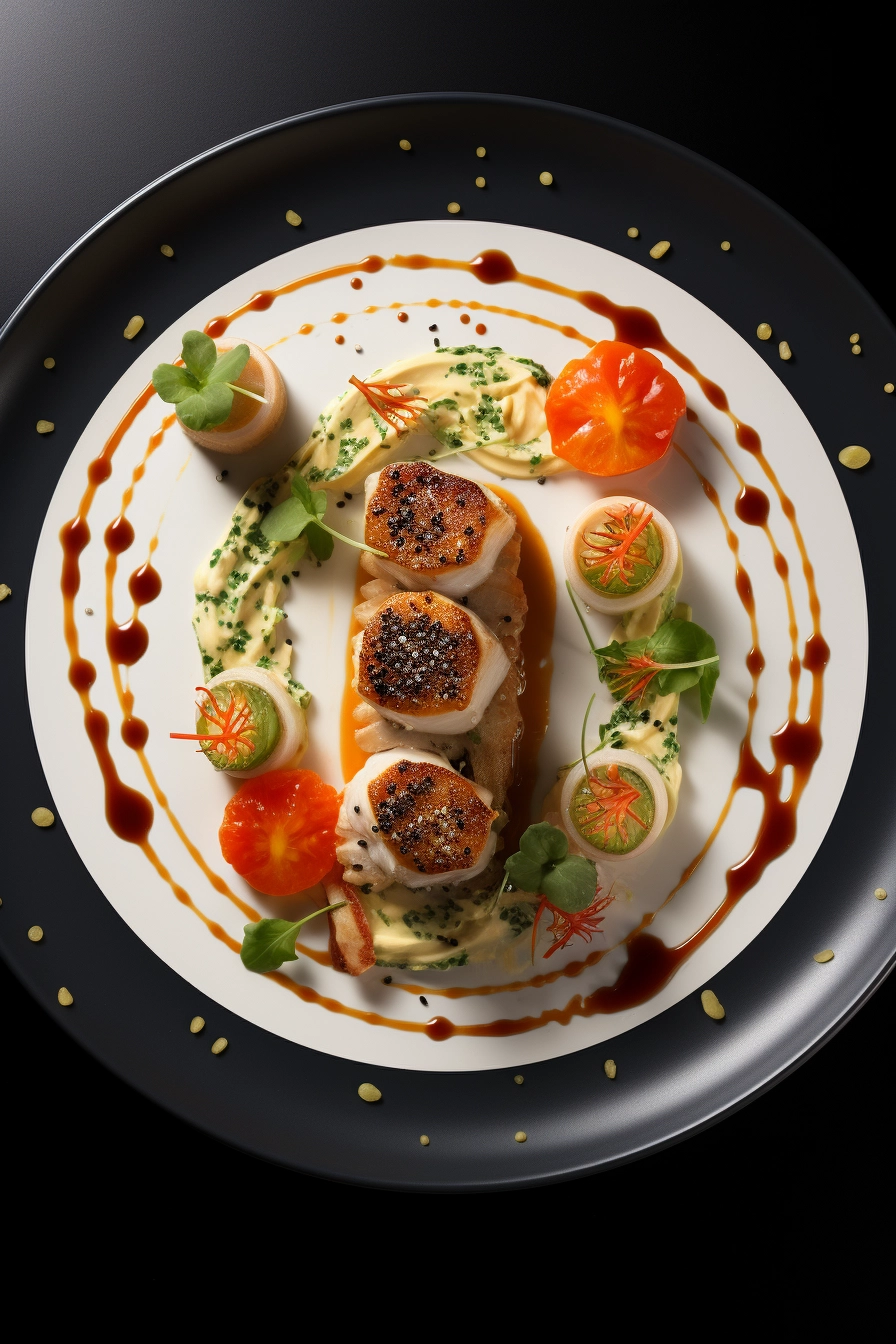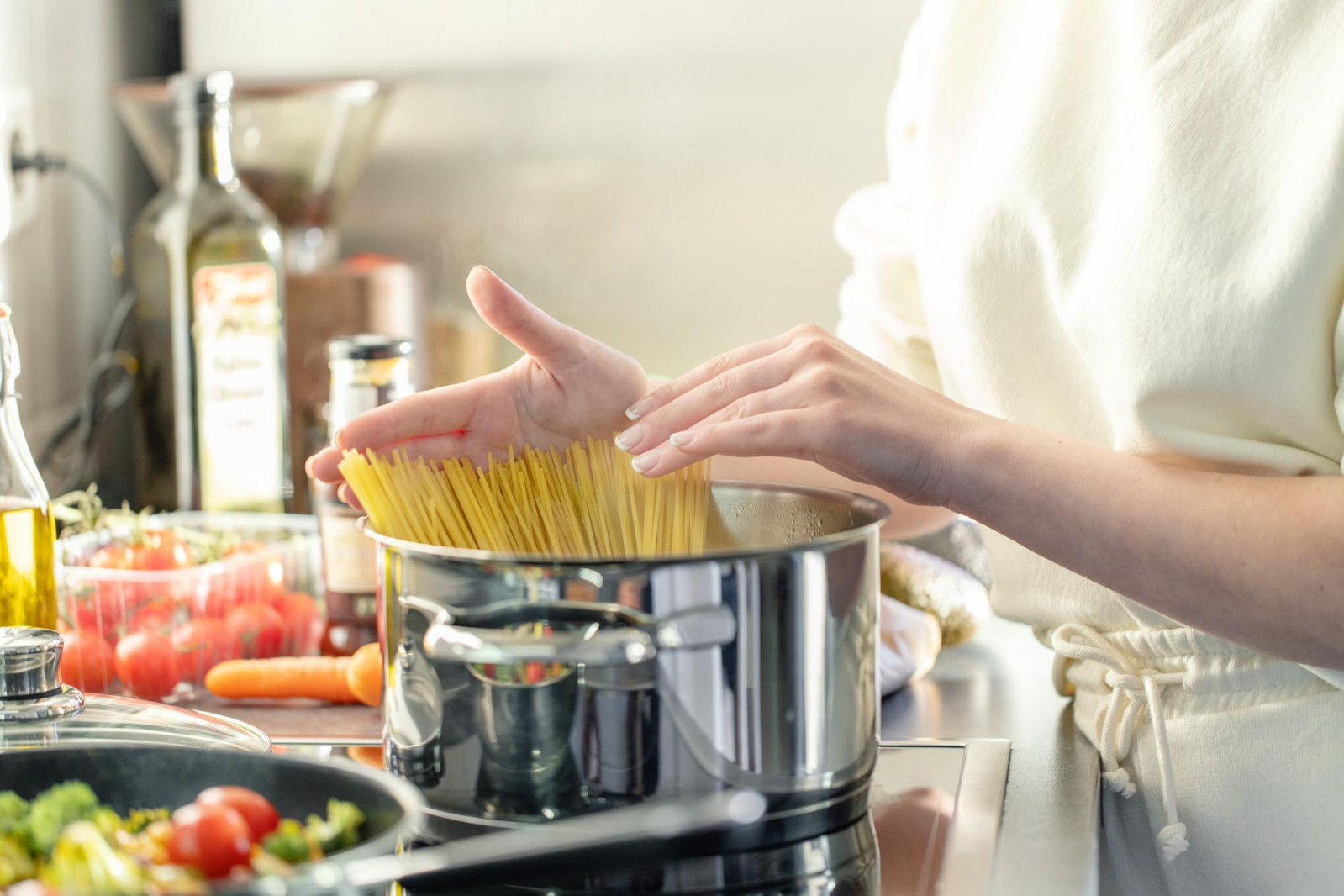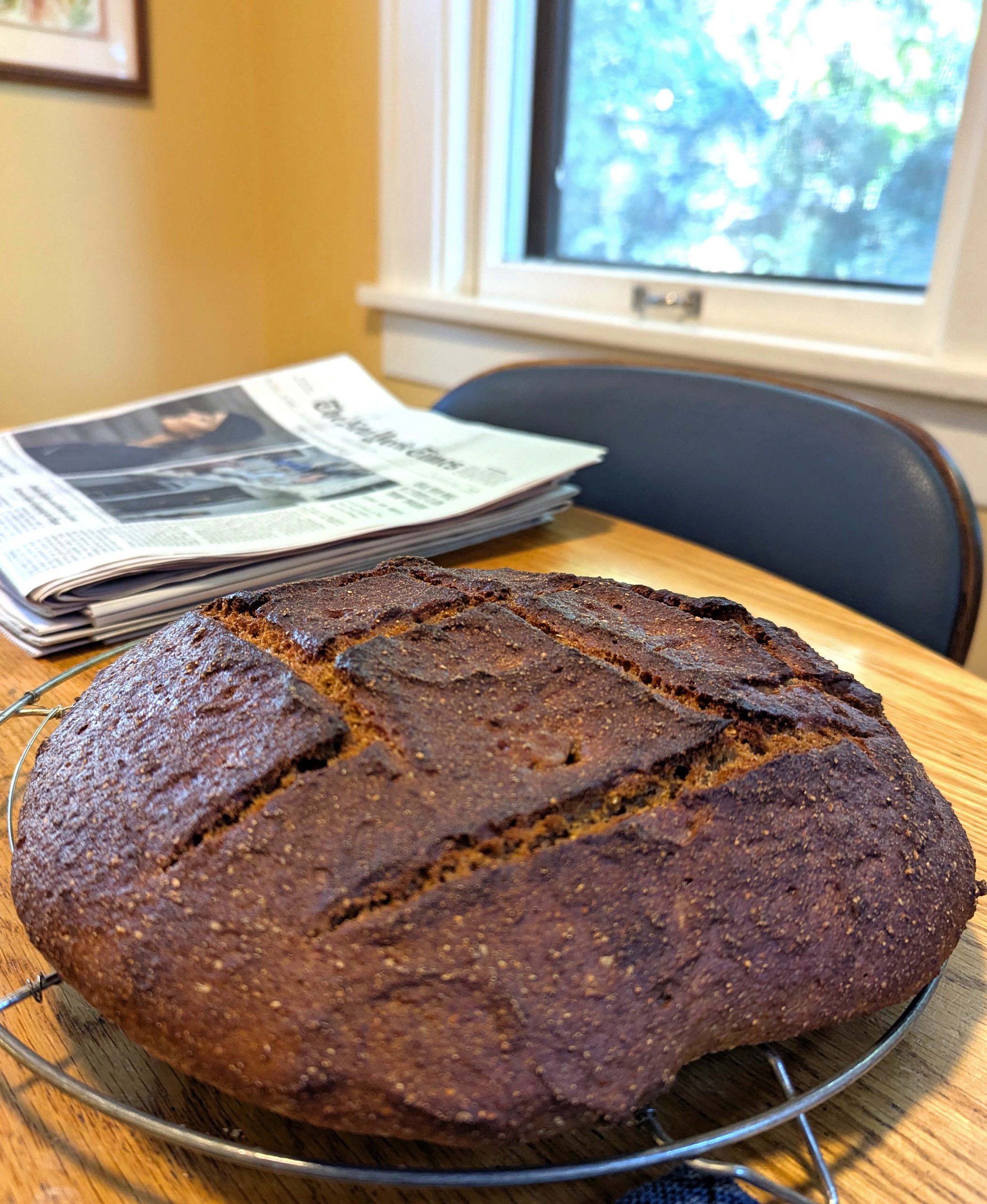Exploring Molecular Gastronomy Transforming Ingredients into Art
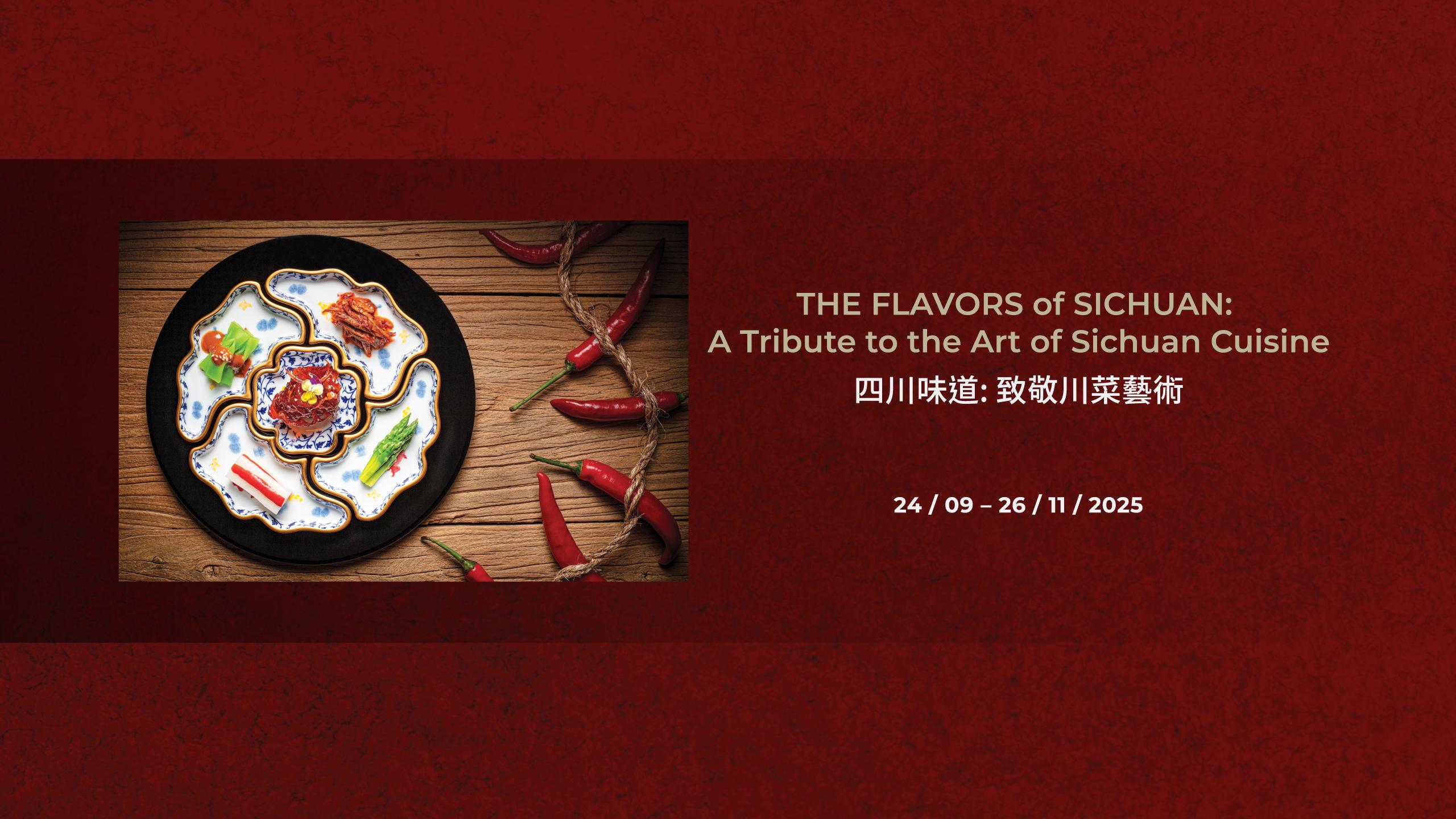
Unlocking the Art of Science in Cooking
Molecular gastronomy is a fascinating intersection of cooking, science, and art. This unique culinary trend challenges traditional cooking methods by using scientific principles to transform flavors, textures, and presentations, making ingredients an essential medium for artistic expression. As more enthusiasts delve into creative hobbies, the allure of this innovative cooking style captivates those seeking to elevate their culinary experiences.
Relevance in Creative Pursuits
Engaging in molecular gastronomy not only broadens culinary skills but also fosters a deeper appreciation for food and its possibilities. By experimenting with techniques such as spherification, foaming, and gelification, budding chefs can produce visually stunning dishes that are as thrilling to the palate as they are to the eye. This rising trend illustrates the boundless creativity that can be unleashed when art meets science.
What to Expect
In this article, we will explore the top five must-try techniques and resources in molecular gastronomy. Each method offers exciting opportunities to push culinary boundaries and inspire creativity in the kitchen. Prepare to embark on a flavorful journey that will transform your approach to cooking, turning each dish into a masterpiece.
DIVE DEEPER: Click here to discover more
Exploring Molecular Cuisine: Turning Ingredients into Art
Molecular cuisine, a fascinating and groundbreaking culinary style, integrates scientific principles with gastronomy to revolutionize the way we experience food. This avant-garde approach does more than simply tempt our taste buds; it offers a full sensory journey, creating spectacles that are both beautiful and delicious. As we embark on this article, we will unearth the top five elements of molecular cuisine that not only elevate cooking to an art form but also inspire unlimited creativity in the kitchen.
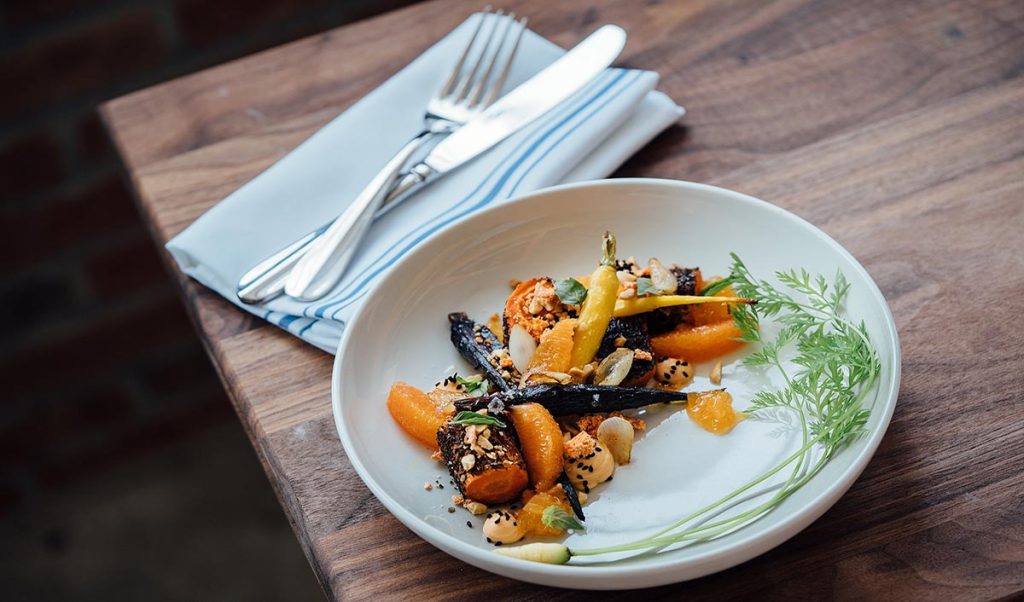
5. Spherification: Making Flavors Pop
Spherification is a celebrated technique in molecular gastronomy that reimagines the texture of liquids, encapsulating them in delicate, gel-like spheres. Utilizing a chemical reaction between sodium alginate and calcium chloride, chefs can craft tiny orbs that closely resemble caviar. These spheres burst open with intense flavors when bitten into, offering a unique and surprising textural experience. Imagine a sphere of mango puree exploding on your palate, or a perfectly round sphere of soy sauce melting into your mouth.
- Involves a precise chemical reaction using sodium alginate and calcium chloride
- Versatile technique applicable to almost any liquid, from juices to vinegars
- Enhances the dining experience by adding surprising textures
This method brings an interactive aspect to dining, transforming mealtime into an engaging experience. Nonetheless, the craftsmanship required to perfect spherification requires exactness, making it a captivating challenge for those willing to push the boundaries of traditional cooking.
4. Foam Techniques: A Whimsical Touch
The creation of foams is a quintessential feature of molecular cuisine, introducing a whimsical, airy texture to dishes otherwise known for being dense or simple. Chefs often use an isi Whip or incorporate stabilizers like lecithin to trap air within a liquid, turning it into a delicate foam. Picture the surprise of a savory herb foam topping a rich soup, or the delicate citrus foam enhancing the complexity of a dessert.
Foams add a modern touch to plating and invite chefs to explore new, complex flavor combinations. The creation process is an exercise in innovation, examining how flavors change when altered in structure. The effect is dramatic, shifting the dining experience from merely tasting to experiencing textures and tastes in a new light.
3. Gelification: From Liquid to Solid
Gelification is a method whereby liquids are transformed into solid forms, creating gels that present flavors in a new and engaging texture. By using gelling agents such as agar-agar or gelatin, chefs deliver both savory and sweet dishes with innovative presentations. Consider a striking tomato gel that serves as the base of a salad or a layered dessert that showcases multi-faceted flavors.
- Employs agents like agar-agar and gelatin for reliable results
- Introduces distinctive textures into cooking, offering new presentation techniques
- Applicable to a wide range of culinary applications, from appetizers to desserts
Gelification urges culinary artists to think beyond traditional dish structures, facilitating new ways to combine and juxtapose flavors. This pliability encourages experimentation and offers an alternate dimension of flavor creation, one that challenges both the creator and consumer to explore and reinterpret the culinary norm.
2. Deconstruction: A New Perspective
With deconstruction, chefs dismantle familiar dishes to spotlight their individual components, presenting them in surprising, often thought-provoking ways. It necessitates a creative mindset, prompting chefs to reimagine the interplay of familiar flavors. For instance, a deconstructed classic Caesar salad might serve its elements scattered on a plate, with romaine lettuce, croutons, and parmesan peacefully coexisting but presented in novel forms such as powders or jellies.
This approach engages diners cognitively and visually, challenging their preconceptions of what a dish should be. It questions traditional norms and creates a dynamic dining experience where each component can be appreciated for its unique qualities, fostering a deeper appreciation for culinary creativity and detail.
1. Sous Vide: Precise Control for Perfect Outcomes
The sous vide technique stands at the apex of molecular cooking, epitomizing the seamless fusion of science and art. In sous vide, food is vacuum-sealed within a bag and cooked in a meticulously controlled water bath. This process provides unparalleled consistency and precision, ensuring each dish is cooked to perfection—from meat that is tender and flavorful to vegetables that retain their bright color and nutrients.
- Makes use of precise temperature control to ensure uniform results
- Contributes to superior flavor depth and tender textures
- Suitable for lengthy cooking times without fear of overcooking
Sous vide not only introduces accuracy but also enhances flavors through infusions and controlled cooking environments. Its dependable results help chefs recreate complex flavors and textures typically found only in fine dining establishments, thus broadening culinary possibilities for enthusiasts at every skill level.
In conclusion, the world of molecular cuisine offers a thrilling opportunity to reevaluate food through a creative and scientific lens. By embracing these methods and techniques, chefs—from hobbyists to seasoned professionals—can embark on a culinary adventure that enriches their cooking experiences and profoundly elevates the dining encounter. The symbiosis between science and gastronomy manifests in dishes that tantalize the eye, engage the mind, and satisfy the palate, rendering cuisine not just a meal but truly an art form.
| Category | Description |
|---|---|
| Innovative Techniques | Molecular gastronomy employs scientific methods to create new textures and flavors. Techniques such as spherification and emulsification alter the physical properties of ingredients, resulting in unique culinary experiences. |
| Visual Presentation | The artistry of molecular cuisine transforms dishes into visually stunning creations. Chefs use colors, shapes, and techniques that appeal to the eye, emphasizing not just taste but also the overall aesthetic of the meal. |
| Enhanced Flavor Profiles | The integration of science allows chefs to deepen flavors in unexpected ways. By isolating compounds and understanding interactions, molecular gastronomy can enhance and amplify existing flavors, leading to explosive taste experiences. |
| Surprise Elements | Diners often experience surprises with dishes from molecular cuisine, such as bursts of flavor from caviar-style spheres or unexpected textures. This engages all the senses, creating memorable dining experiences that challenge traditional expectations. |
In the realm of molecular cuisine, the ordinary transforms into extraordinary, challenging the beloved concept of what we know food to be. It is a realm where innovation reigns supreme, inviting both chefs and diners to embark on an adventure through taste and presentation. By harnessing the principles of science, chefs are no longer just cooks; they become artists and alchemists, turning the kitchen into a canvas where their imagination knows no bounds. Each element on the plate is meticulously crafted, designed to provoke thought and excitement, making dining a truly interactive experience. Culinary explorers venturing into this space have the potential to push boundaries further, questioning the norms of flavor and aesthetics. The discovery of new techniques not only brings new dishes to life but also inspires others within the food community to innovate. As molecular cuisine continues to evolve, the narrative of gastronomy becomes richer, inviting us to indulge, learn, and evolve alongside it.
DISCOVER MORE: Click here to unwind with relaxing art projects
Frequently Asked Questions about Molecular Cuisine
What is molecular cuisine and how does it differ from traditional cooking?
Molecular cuisine is a revolutionary approach to cooking that applies scientific principles to transform ingredients in unexpected ways. Unlike traditional cooking, which relies on conventional techniques such as boiling or frying, molecular gastronomy experiments with the physical and chemical transformations of ingredients. This culinary style often involves techniques like spherification, foams, and emulsification, creating new textures and flavors. The result is a dining experience where ingredients are elevated to an art form, challenging our perceptions of taste and presentation.
What are some common techniques used in molecular gastronomy?
Some of the most fascinating techniques used in molecular gastronomy include spherification, which creates caviar-like spheres with liquid interiors, and liquid nitrogen freezing, used for rapid freezing and creating unique textures. Additionally, emulsification allows chefs to blend two unmixable liquids into a stable mixture, while foaming introduces airy textures to dishes. These methods not only redefine the culinary possibilities but also provide a multisensory experience for diners.
Are special tools or ingredients necessary for molecular cooking?
Yes, molecular cooking often requires specialty tools and ingredients that are not typically found in a regular kitchen. Equipment such as vacuum sealers, rotary evaporators, and immersion circulators are commonly used. Additionally, ingredients like agar-agar, xanthan gum, and calcium chloride are essential for achieving the desired textures and effects. While these items may seem daunting at first, they open up a world of creativity for culinary enthusiasts who wish to explore beyond traditional cooking methods.
Is molecular gastronomy safe to practice at home?
Practicing molecular gastronomy at home is generally safe, but it requires attention to detail and adherence to safety guidelines. It is essential to understand the use of chemicals and how they interact with food. Ingredients like liquid nitrogen need to be handled carefully to prevent burns or accidents. It’s advised to start with basic techniques and gradually advance as you become more comfortable. With proper precautions, home cooks can safely experiment and enjoy the unique creations of molecular cuisine.
DISCOVER MORE: Click here to get started with keyboard lessons at home
Conclusion
Molecular gastronomy, often seen as the intersection between science and cuisine, embellishes the culinary world with endless possibilities, transforming traditional cooking into an avant-garde art form. By deconstructing and reconstructing ingredients at a molecular level, chefs create culinary masterpieces that surprise and delight the senses. This fascinating culinary approach underscores how food can transcend mere sustenance, becoming a canvas for artistic expression and scientific exploration.
Through examining the principles and techniques of molecular gastronomy, such as spherification and gelification, we uncover how chefs like Ferran Adrià and Heston Blumenthal have revolutionized the way we perceive food. Their pioneering efforts have opened new doors for culinary creativity, inspiring both professional chefs and home cooking enthusiasts to experiment and push boundaries. By emphasizing creativity, precision, and innovation, molecular gastronomy empowers individuals to see cooking as a playful yet meticulous artistic endeavor.
The importance of this topic within the realm of creative hobbies cannot be overstated. As more food enthusiasts and aspiring chefs dive into the world of molecular cuisine, this approach encourages a resurgence of interest in culinary arts. It invites individuals to explore, innovate, and experiment within their own kitchens, elevating the everyday act of cooking to an artistic pursuit. Furthermore, molecular gastronomy serves as a testament to the endless possibilities and imagination inherent in the culinary world.
Molecular cuisine beckons us to view cooking through a scientific lens, urging us to reimagine what food can become. It challenges us not only to nurture our palates but also our minds, sparking curiosity and ingenuity in an art form that is as complex as it is delectable. As we continue to delve into this intriguing field, the potential for creating innovative culinary art remains boundless, suggesting that the journey of discovery is just beginning.
